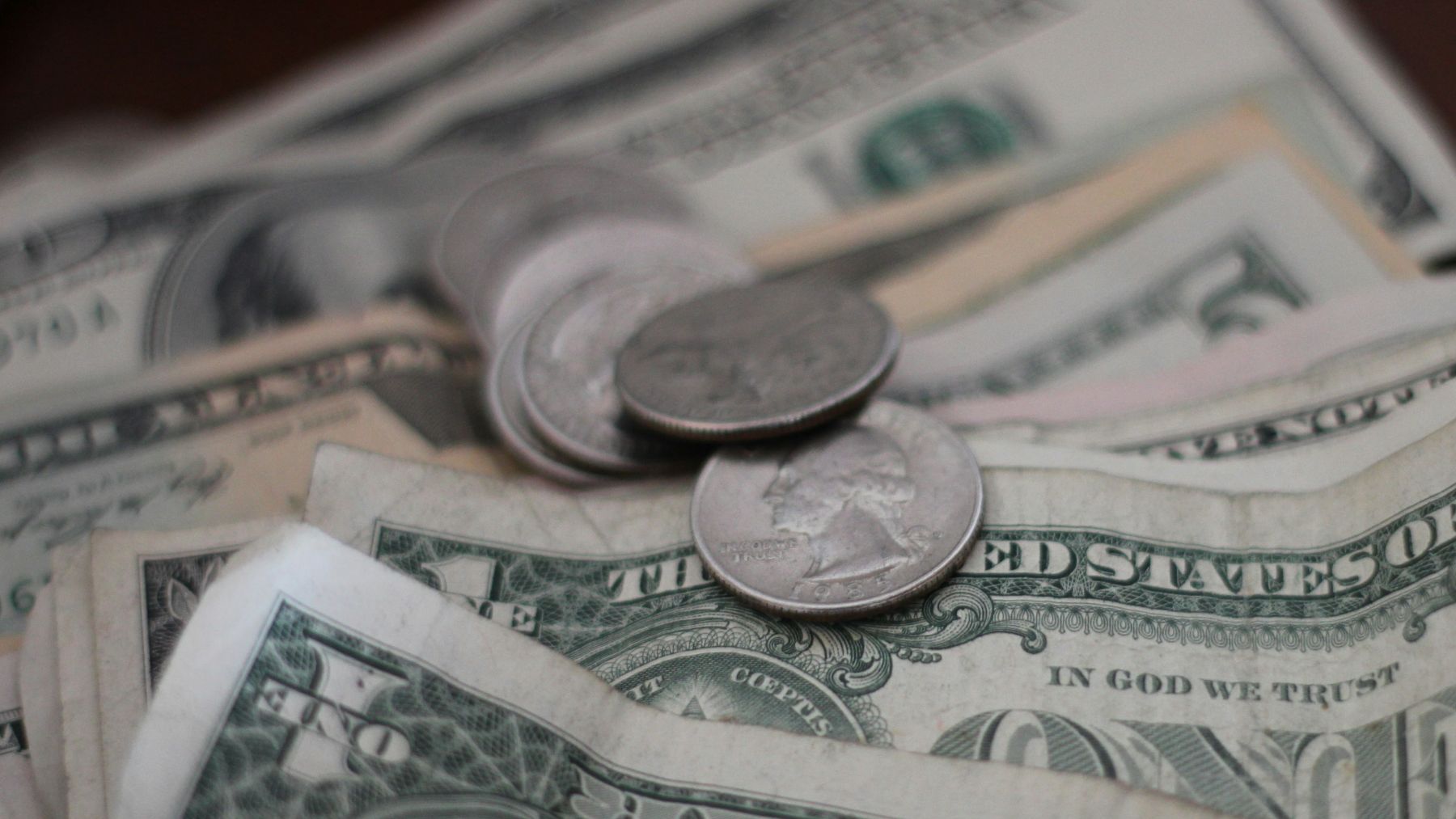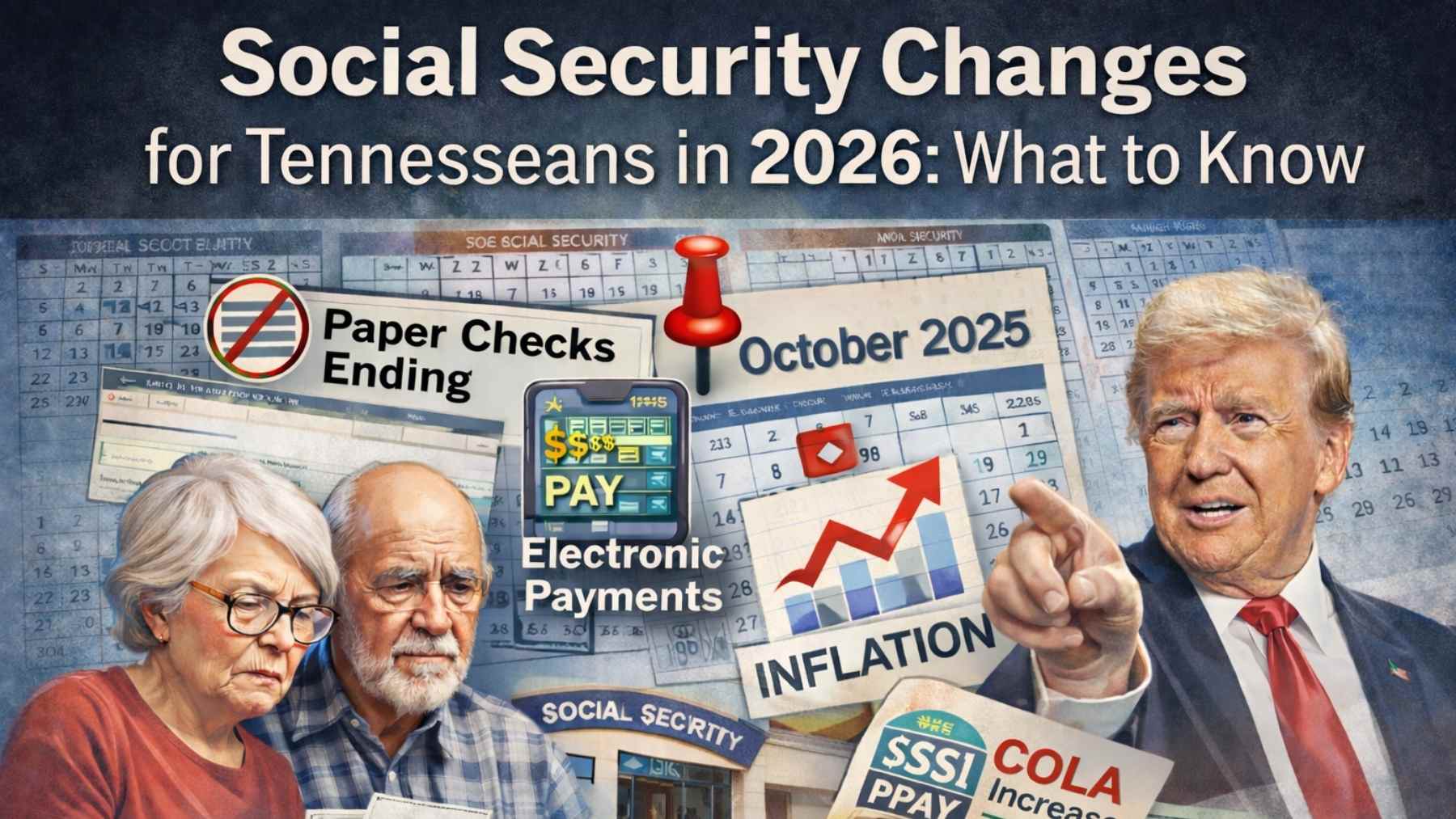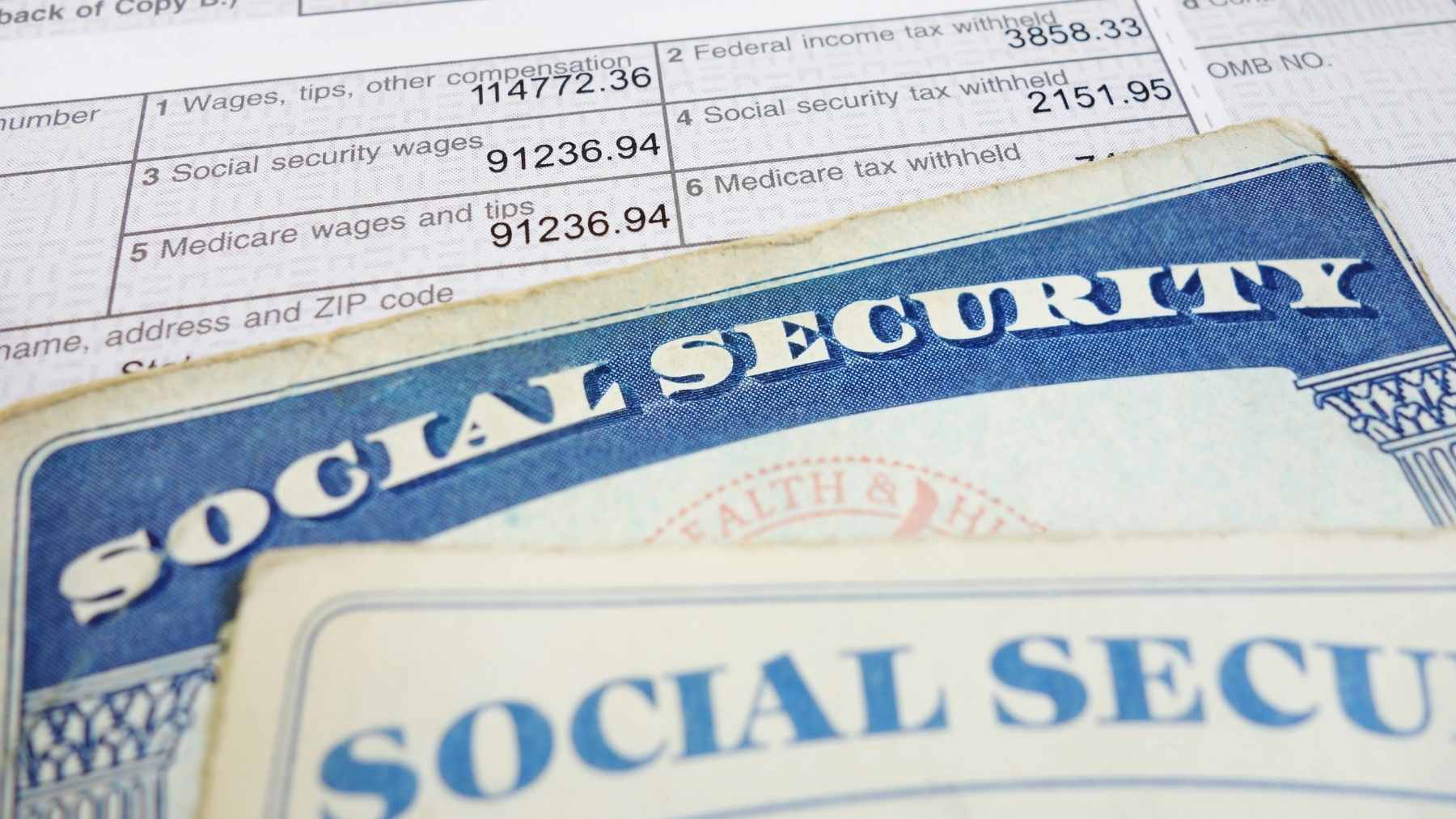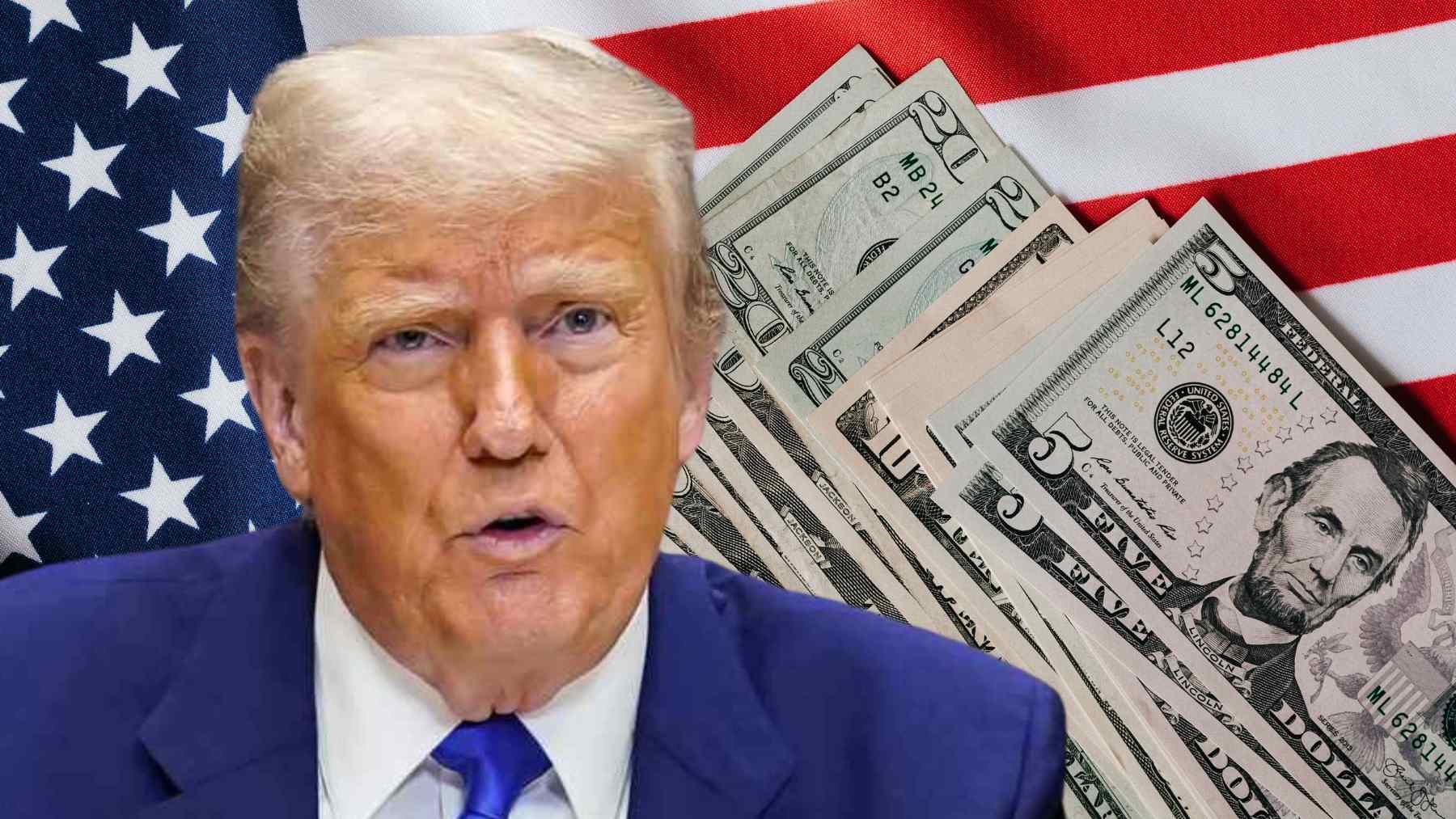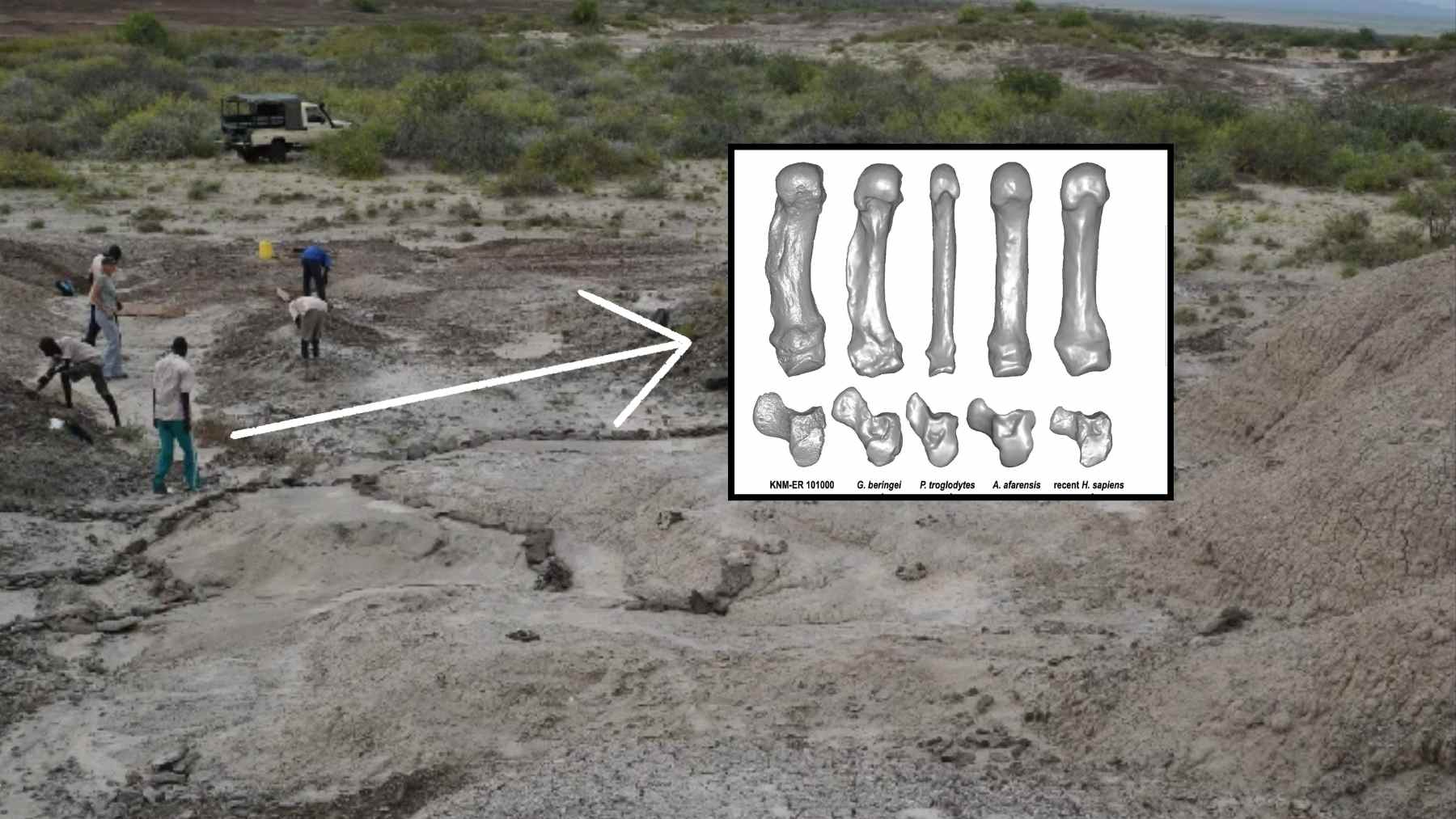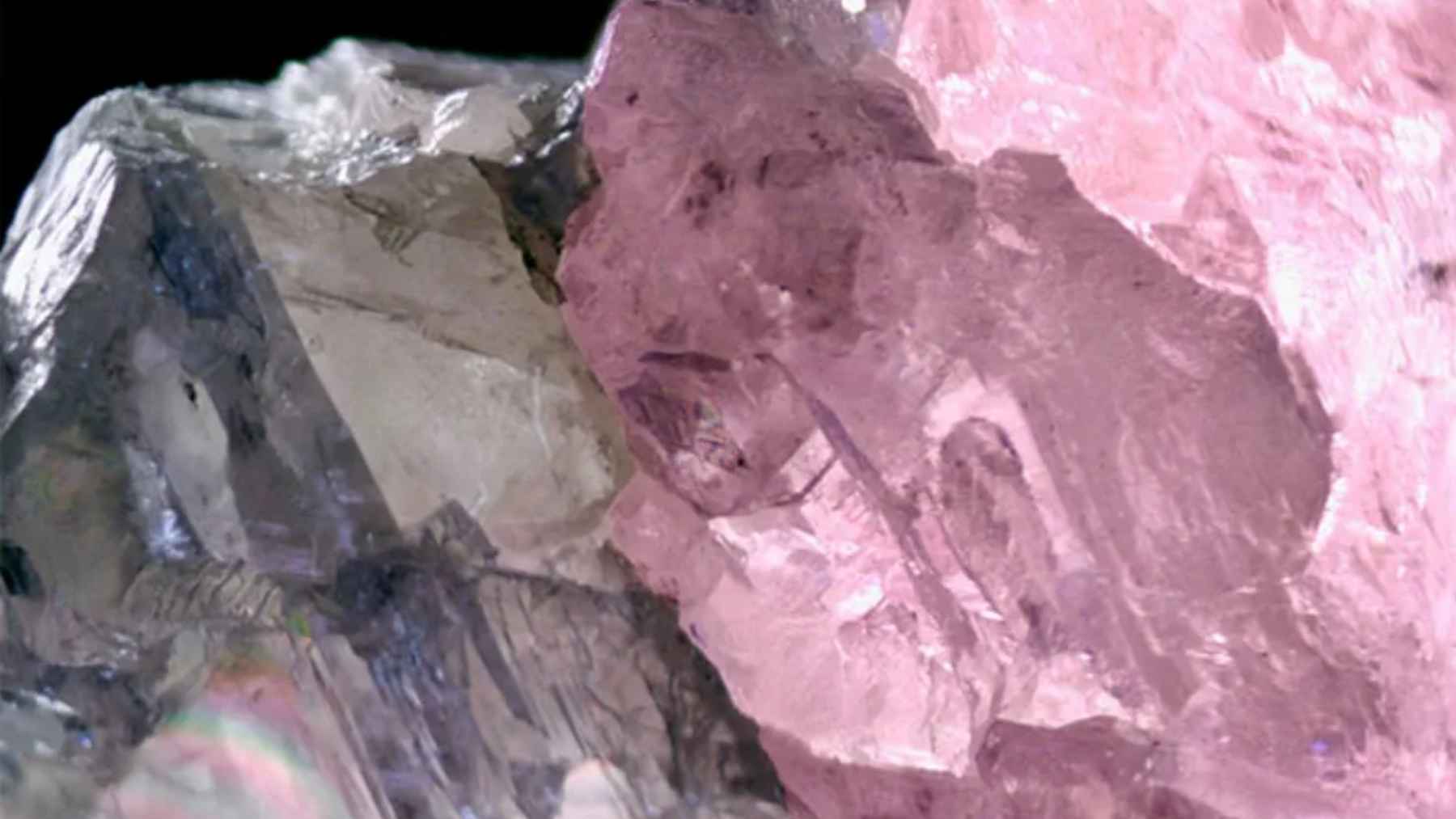As of October, certain dollar bills will no longer be accepted across stores, businesses, banks and ATMs. In an effort to improve the security of the monetary system, the Bureau of Engraving, the Secret Service and the Advanced Counterfeit Deterrence (ACD) Steering Committee are tightening rules around which cash bills are to be accepted. This comes with an increased effort to prevent counterfeit money from entering into the economy.
Cash is still king
As the world moves toward a cashless society driven by digital payment systems, mobile wallets, and contactless technologies, cash still remains a surprisingly popular option for many. In some regions and countries, physical currency is deeply embedded in everyday life and the U.S. is not exempt from this. Cash offers many a sense of security and simplicity that digital transactions cannot always replicate.
Additionally, cash provides a level of privacy and anonymity that electronic payments cannot, appealing to those who are wary of surveillance or prefer to keep their spending habits private. Despite the growing convenience of digital payments, cash continues to be valued for its accessibility. This is also especially true among older generations or individuals without access to banking services, ensuring its place in the global economy for the foreseeable future.
Counterfeit money remains a concern of the IRS
As of today, the U.S. Federal Reserve (Fed) issues dollar bills in seven denominations: $1, $2, $5, $10, $20, $50, and $100. Counterfeit money remains a persistent challenge in the United States, despite advances in security features designed to deter such activity. Criminals use increasingly sophisticated methods, including digital printing and high-quality scanning equipment, to produce fake bills that can sometimes be difficult to distinguish from genuine currency.
While the U.S. Treasury and the Federal Reserve have introduced a range of anti-counterfeit measures—such as watermarks, security threads, microprinting, and color-shifting ink—counterfeiters continue to find ways to exploit vulnerabilities. The U.S. Secret Service, which was originally created to investigate counterfeit money, has consistently worked to track down counterfeit operations and prevent the circulation of fake bills. However, with the rise of online marketplaces and the dark web, the issue has become more complex, as counterfeit money can be produced and distributed with greater ease.
These dollar bills will no longer be accepted
As the IRS continues to try to stamp out the extent of counterfeit cash circulating in the economy, they are tightening restricts on what businesses and banks are allowed to accept in-store. Bills which have been “mutilated” will no longer be accepted. Mutilated bills include those which make it difficult to determine the authenticity of the bills. These include bills which have been damaged from “fire, misuse, or even deterioration from burying money,” says the Feds.
While the implementation is to be done in stages, major retailers such as Walmart, Target, and Dollar Tree have already fully adopted this new anti-counterfeit policy. Other changes are also to be expected to the U.S. currency in the next few years beginning in 2028. These include the introduction of the following bills:
- USD50: in 2028
- USD20: in 2030
- USD5: between 2032 and 2035
- USD100: between 2034 and 2038
While the world increases its usage of online payments, cash is not going anywhere anytime soon. Cash is not vulnerable to cybercrime or technical failures, making it a reliable backup when electronic systems experience outages or fraud. While the world may be pushing for a cashless economy, both payment systems have their respective strengths and weaknesses.
One thing parents can be sure of is if your child finds your wallet and cuts up your money, you can still have this kind of mutilation salvaged and exchanged. However, if you do find yourself with a mutilated bill which is no longer accepted, you will have to contact the Bureau of Engraving and Printing directly to exchange your bill for a new one.
